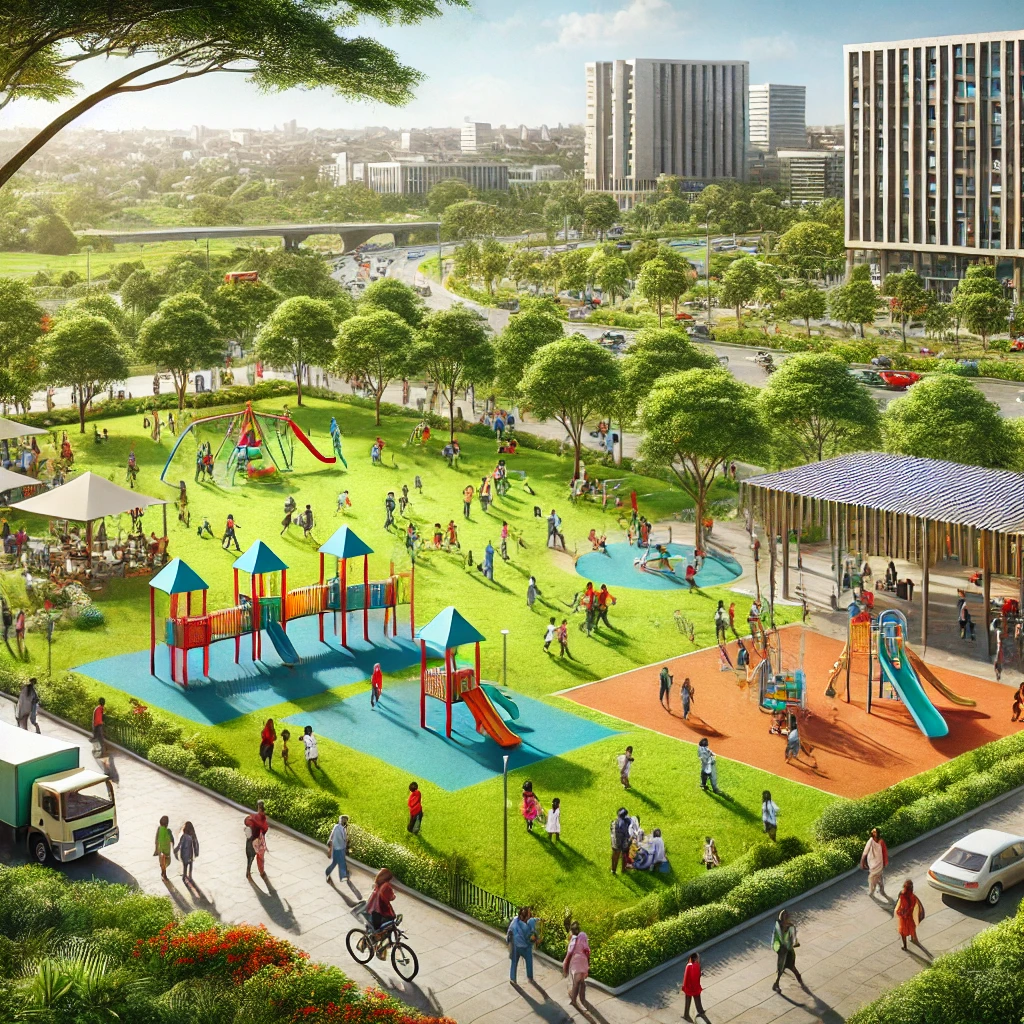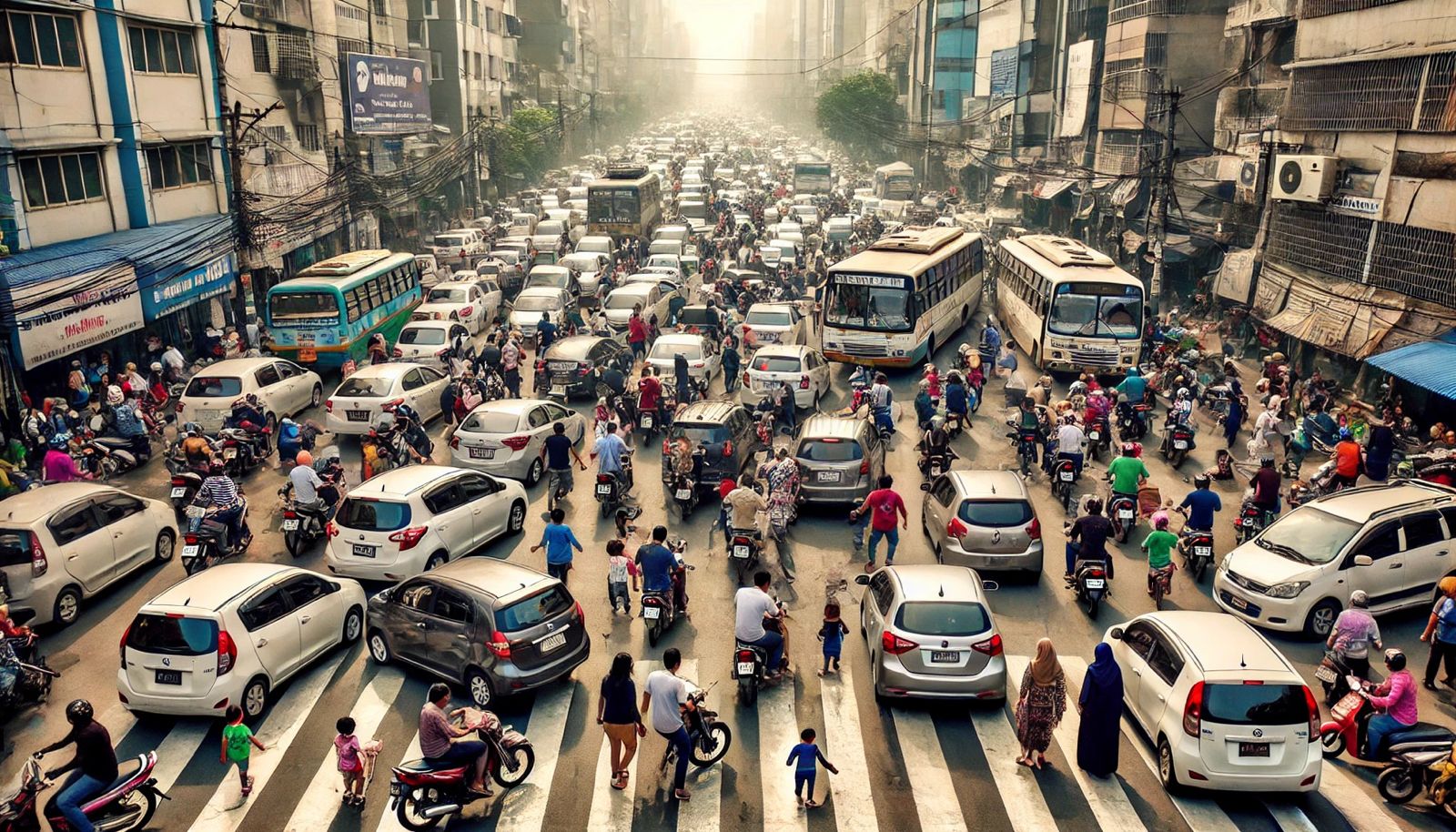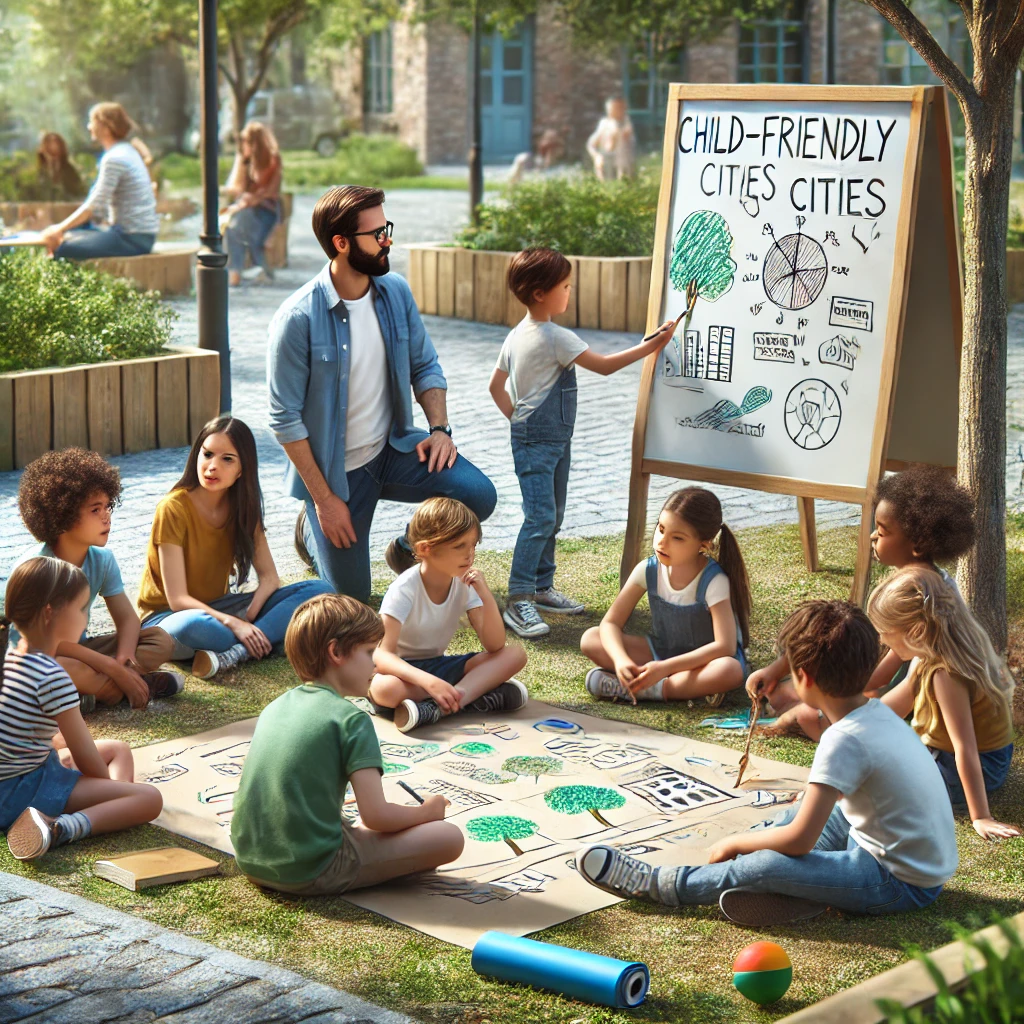As someone passionate about urban planning, I’ve always believed that a truly great city is one that caters to its children. YES!! You heard me right! Children, after all, are the heartbeat of our communities, representing our future. Yet, as I look around Nairobi, I often wonder are we doing enough to create a city that nurtures, protects and empowers our children?
What is a Child-Friendly City?
A child-friendly city is more than just a collection of parks and playgrounds. It’s a place where children feel safe, valued and supported in their development. These cities prioritize:
These cities prioritize:
- Safe and accessible public spaces
- Inclusive transportation systems
- Facilities (Schools & healthcare) within reach
- Opportunities for participation
Nairobi: A City of Contrasts
In Nairobi, the picture is mixed. On one hand, there are pockets of progress neighborhoods with parks, private schools with sprawling playgrounds and communities that foster a sense of belonging. On the other hand, many children navigate a city fraught with challenges. Tell me if the image below does not depict Nairobi city in general.
Take transportation, for example. For most children in Nairobi, public transport is the only way to get to school. Matatus (minibuses) weave through chaotic traffic, often overcrowded and moving at breakneck speeds. I have seen children as young as six or seven boarding these vehicles alone, their backpacks nearly as large as they are. For families who can afford it, school buses offer a safer, more reliable option but this remains a privilege reserved for the elite.
MY VISION ON NAIROBI'S CHILD'S SPACE!!
Imagine a Nairobi where every child, regardless of their background, can walk to school safely, play in clean parks and have a voice in shaping their city. It’s not an impossible dream it’s a goal we must strive for.
As urban planners, policymakers, and community members, we have a responsibility to create environments where children can thrive. By prioritizing their needs, we not only build better cities for them but for all of us. The following should be actions for a better future.
The Need for Safer Streets
Walking to school should be a simple, joyful experience. Yet in Nairobi, it’s often perilous. Sidewalks are either nonexistent or poorly maintained and traffic lights are frequently ignored. Children are forced to navigate busy intersections with little protection. Creating safe pedestrian pathways and enforcing traffic regulations could make a world of difference.
Green Spaces: A Dwindling Resource
Play is essential for a child’s development, but access to green spaces in Nairobi is limited. Many public parks have fallen into disrepair or are inaccessible due to safety concerns. The few well-maintained spaces are often privatized or require an entry fee, excluding many families. There was, however, a commendable effort to revitalize Uhuru Park, which has become a symbol of what is possible when public green spaces are prioritized. Revitalizing more public parks and ensuring they are safe and accessible would give children the freedom to play and explore.
Inclusive Urban Design
A child-friendly city considers the needs of all its young residents, including those with disabilities. Nairobi has made strides in accessibility, but much work remains. Schools, healthcare facilities and public spaces must be designed to accommodate children of all abilities.
Listening to Children
One of the most overlooked aspects of urban planning is the importance of listening to children. They have unique perspectives on their environment and can offer valuable insights. Creating platforms for children to share their ideas can lead to more inclusive and effective urban solutions.